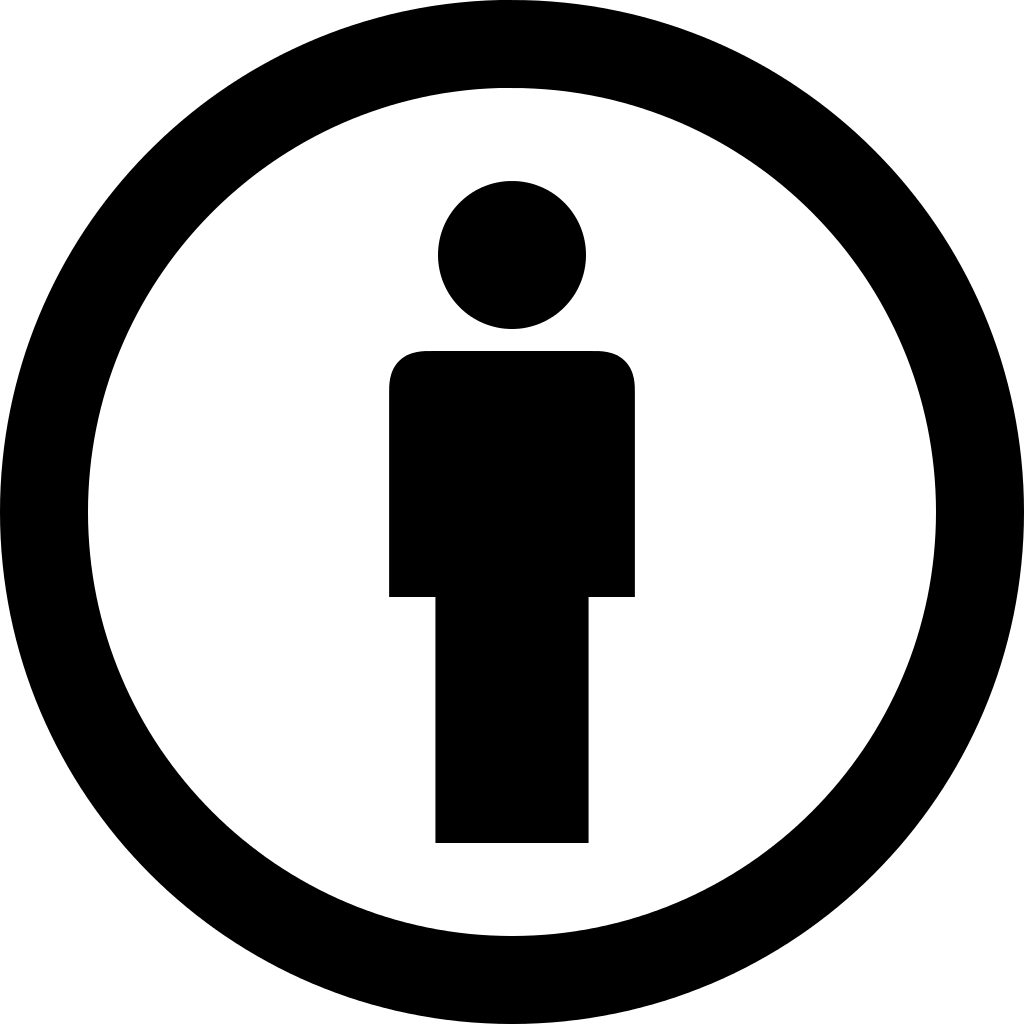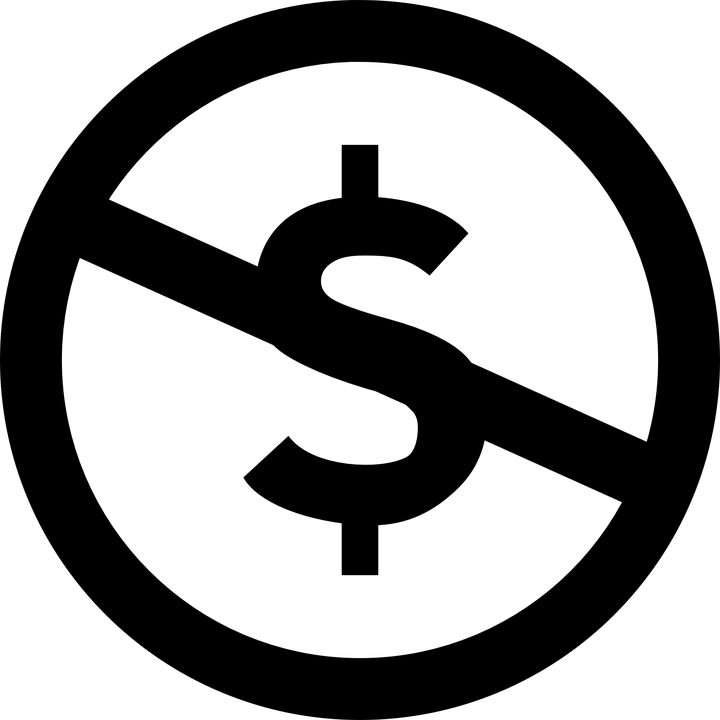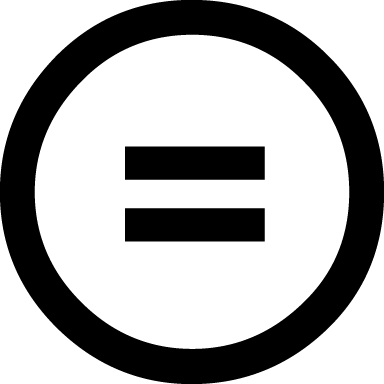What the "open" in OER means, and why it matters
What are open educational resources?
Open Educational Resources (OER) “are teaching, learning and research materials in any medium – digital or otherwise – that reside in the public domain or have been released under an open license that permits no-cost access, use, adaptation and redistribution by others with no or limited restrictions.” (UNESCO's definition. You can see other definitions on the Creative Commons wiki). Let's break this definition down into smaller parts:
OER are teaching and learning materials
Some OER were created for educational purposes, like OpenStax textbooks. Other open content (like open access articles, public domain poems, and federal government resources) becomes OER when applied in educational settings.
OER can be in any medium
Most OER are shared digitally. Indeed, internet-enabled sharing was key to making OER, as a global movement, feasible. But OER can be printed (in Unit 5, we'll talk about making print copies available to your students). Only with open content are you free to convert course materials into the formats that work best for you and your students.
OER reside in the public domain or have been released under an open license that permits no-cost access, use, adaptation, and redistribution by others with no or limited restrictions.
The "open" part of OER matters because of copyright law, which applies to the types of creative works we use in education (films, websites, books, images, music, software, etc.). The U.S. founders saw copyright as a way to balance the rights of creators to control and monetize their works with the rights of the public to access and build on cultural resources. Under copyright, copyright holders (which may be creators, employers, or publishers) have the exclusive rights to make and distribute copies, develop derivative works, and to perform or display works publicly. Copyright has become more restrictive over time, and it now applies to creative works (even scribbles on napkins!) by default.
Of course, as educators you probably already know there are some exceptions to copyright law, including fair use and section 110, which allows teachers in the face-to-face classroom to display images and screen films. Fair use is built on complex case law, though, and can be difficult for educators to apply. It certainly doesn't permit widespread, free sharing of entire works without the express permission of the copyright holder. For this, we need to look beyond "all rights reserved" content to public domain and openly licensed content.
Types of open content
Public domain
The Public domain includes anything published before 1924, and many things published between 1924 and 1989 (copyright status can be difficult to determine for materials from this time period; see this chart from Cornell). If you're not sure something is in the public domain, a librarian might be able to help. You don't legally have to provide attributions for public domain content, but it's a good practice to add context and help re-users down the line. Creators can choose to dedicate their work to the public domain, giving up all rights to it.
Content created by agents of the U.S. federal government is also in the public domain. At LBCC, many health classes leverage resources from the USDA and other federal agencies. The copyright of resources created by the states varies.
Creative Commons licenses
Creative Commons (CC) licenses are easy legal tools for creators who want to retain some rights to their content, but still encourage sharing. As someone in the OER community, you will likely use CC-licensed works and add CC licenses to your own work. It's always possible to ask for request permission to use copyrighted content, but CC licenses provide certain permissions up front, so re-users don't have to ask (take my word for it: requesting permission can be a complicated and fruitless endeavor). Creators can choose from six different license types that mix four different conditions:
 CC Attribution (BY). All the other licenses build on this condition, which requires that re-users give credit to the creator and note if any changes have been made.
CC Attribution (BY). All the other licenses build on this condition, which requires that re-users give credit to the creator and note if any changes have been made.
 CC Sharealike (SA). This condition says that if you create a derivative of the work, you must share the derivative work back under the same license as the original. It's similar to copyleft licenses in open source software.
CC Sharealike (SA). This condition says that if you create a derivative of the work, you must share the derivative work back under the same license as the original. It's similar to copyleft licenses in open source software.
 CC Noncommercial (NC) resources can't be used for commercial purposes (since LBCC is a non-profit institution, we can still print and sell OER books to students at cost through the Campus Store).
CC Noncommercial (NC) resources can't be used for commercial purposes (since LBCC is a non-profit institution, we can still print and sell OER books to students at cost through the Campus Store).
 CC NoDerivatives (ND) licensed resources are widely not considered appropriate for OER because they prevent sharing of adaptations of the content. This post by copyright librarian Molly Kleinman explains how to appropriately use ND content.
CC NoDerivatives (ND) licensed resources are widely not considered appropriate for OER because they prevent sharing of adaptations of the content. This post by copyright librarian Molly Kleinman explains how to appropriately use ND content.
Why does this matter to educators?
At LBCC, like at many places, OER have been part of larger textbook affordability efforts. It's important not to dilute the meaning of this special term, though. OER, specifically, enable educators to do the five Rs: Revise, Retain, Remix, Reuse, and Redistribute. How do these rights matter? See the examples below:
- Reuse. With OER, instructors can transfer content between platforms like Canvas and Moodle.
- Revise. A team of sociology professors in British Columbia abridged an existing OER textbook. They decided that students would be more likely to read if assignments were short, relevant, and accessible. They also incorporated a broader array of cultures and identities by engaging students in research.
- Remix. Several faculty at LBCC have combined or expanded upon existing OER. For example, in a recent LBCC OER project, Scott Ballard built on resources from the Nuclear Regulatory Council (a federal agency) and Wikipedia (most content licensed CC BY-SA).
- Retain. It's generally okay to link out to resources that are freely available on the web, even if they're "all rights reserved." One drawback to this practice is link rot, or source pages going offline. With OER, you can copy materials into your own platform, or create an archival backup that you can restore if a resource goes dead.
- Redistribute. With "all rights reserved" materials, accessibility departments are able to remediate materials for students with disabilities, but each organization does this on its own: there's no clear, legal way to cooperate. OER remove this barrier so that anyone can make an OER more accessible and share the improved version back to the whole world.
Further Reading on Copyright
Lessig, Lawrence. (2008). Remix: Making art and commerce thrive in the hybrid economy. New York, NY: Penguin. CC BY-NC 3.0.
Smith, Kevin. (2014). Owning and using scholarship: An IP handbook for teachers and researchers. Chicago, IL: American Library Association. CC BY-NC 4.0.